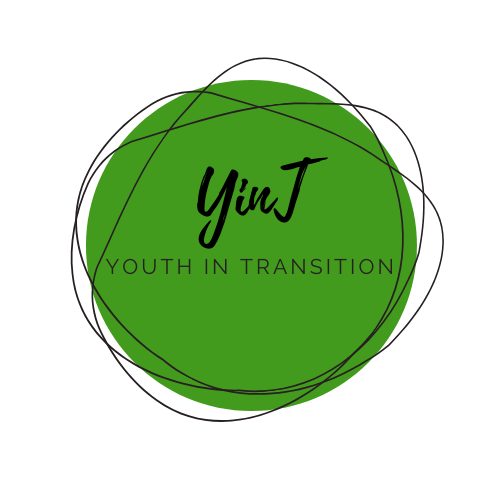2.2 Capability approach
A good life needs resources, but also the ability to use them well. If you want to be mobile, you need a vehicle, like a bicycle. But you must be able to ride it. This applies to many issues of sustainability: we need renewable energies, but we also must use them sensibly, we need to plan our journeys sustainably etc. Amartya Sen (India) and Martha Nussbaum (US) thought about what capabilities are necessary for a sustainable life and identified ten core capabilities. Here five of them:
- Being able to use the senses, to imagine, think, and reason—and to do these things in a "truly human" way. Realising how sunshine or rain feels on our skin, listening to the sounds of nature, enjoying music and arts – these are things we all should be able to do.
- Being able to live with and toward others, to recognize and show concern for other humans, to engage in various forms of social interaction; to be able to imagine the situation of another. Caring for others, their needs and their feelings makes us truly human.
- Being able to live with concern for and in relation to animals, plants, and the world of nature. The famous philosopher Albert Schweizer said: “I am life that wants to live in the midst of life that wants to live."
- Being able to laugh, to play, to enjoy recreational activities. Let’s have fun! It is part of a good life.
- Being able to participate effectively in political choices that govern one's life.
These competences and capabilities are in focus in all the presented activities in this handbook.
They are slightly restructured from their origin to work in a blended learning context.


0 comments
Leave a comment
Please log in or register to post a comment